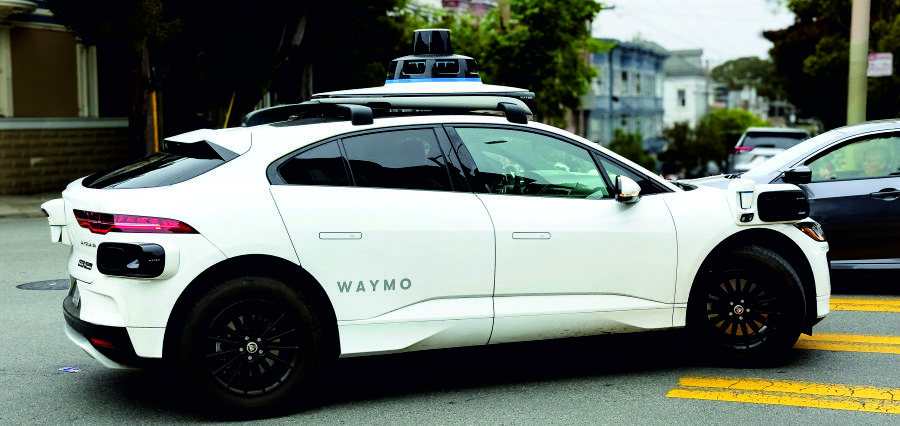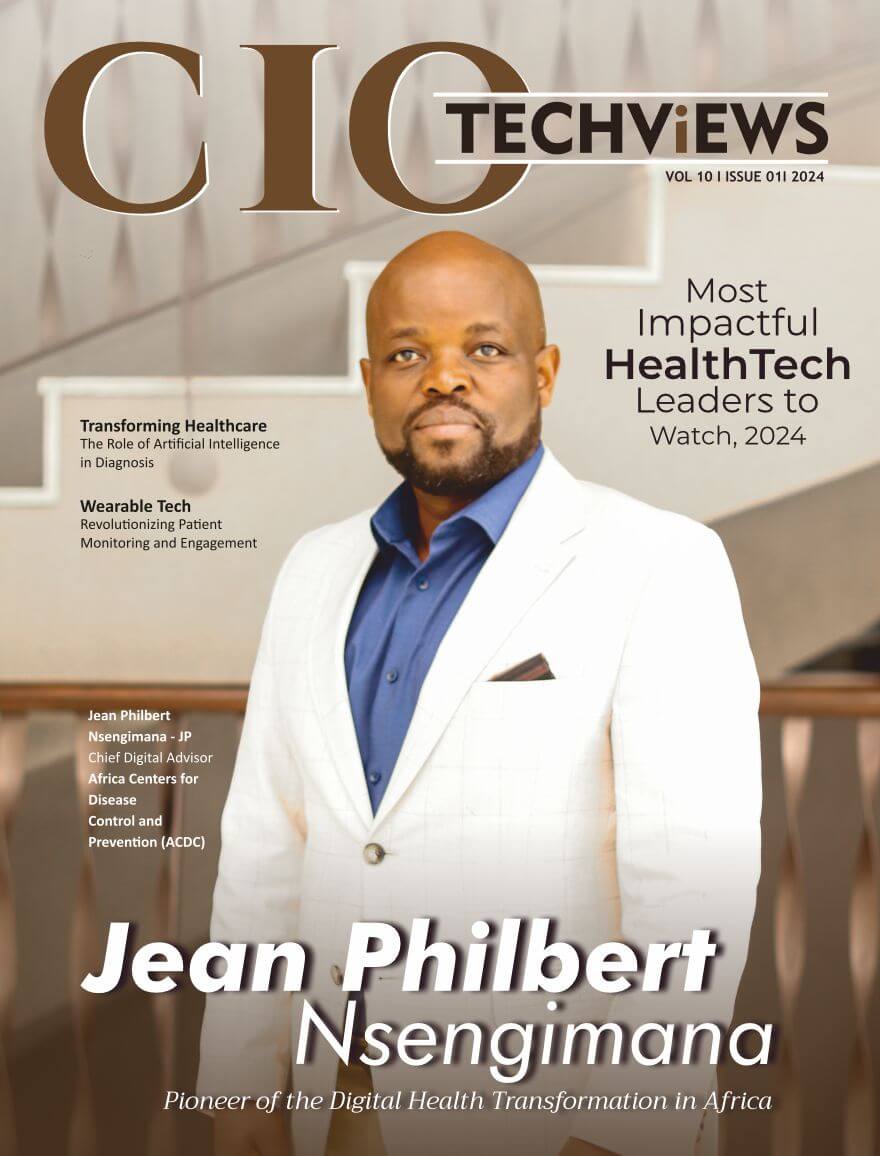Prime Highlights:
iPhone devices with iOS 18.3 can now participate in SpaceX’s Starlink satellite-based mobile network trial in partnership with T-Mobile.
The initial phase of the trial offers “text via satellite,” with plans to add voice and data services in the future.
The Federal Communications Commission (FCC) approved the direct-to-cell capability in November 2024, with the first trials aimed at improving coverage in disaster-prone areas like North Carolina post-Hurricane Helene.
Key Background:
Apple’s iPhones are now eligible to participate in the trial of SpaceX’s Starlink direct-to-cell service, a collaboration with T-Mobile that aims to provide satellite-based mobile coverage. According to T-Mobile, the initiative allows iPhone users with the latest iOS 18.3 software update to access this new capability.
The program, which has been approved by the Federal Communications Commission (FCC) since November 2024, is currently in the testing phase. The initial rollout focuses on enabling “text via satellite” services, with voice and data features expected to be added at a later stage. This marks a significant step forward in T-Mobile and SpaceX’s efforts to enhance mobile coverage, particularly in underserved areas.
While T-Mobile originally limited participation to a select range of Android smartphones, the inclusion of Apple devices with iOS 18.3 has broadened the scope of the trial. This development follows a report from Bloomberg News that revealed Apple, SpaceX, and T-Mobile have been working behind the scenes to integrate Starlink’s satellite network into the latest iPhone software.
The collaboration between the three companies aligns with a broader effort to improve connectivity, especially in remote regions. In October 2024, the FCC had granted approval for the deployment of direct-to-cell technology to assist in providing mobile coverage in areas affected by natural disasters, such as Hurricane Helene in North Carolina.
Though Apple and SpaceX have not provided immediate comments, the initiative is seen as a major leap toward enhancing global mobile network coverage, reducing reliance on traditional terrestrial towers and offering more robust service in areas prone to disruptions. As the trial progresses, further updates are expected to refine the service and expand its capabilities, with the potential for a wider rollout of both satellite text and voice communication in the coming months.
















